02
Jul
Grinding TC4 Titanium Alloy (Ti-6Al-4V) is a complex task due to its hardness, toughness, and tendency to heat up during processing. Choosing the right grinding wheel is crucial—choose poorly and you may end up with inefficient grinding or even burn the workpiece. In this guide, we’ll break down how to select the ideal grinding wheel for fast and effective processing.
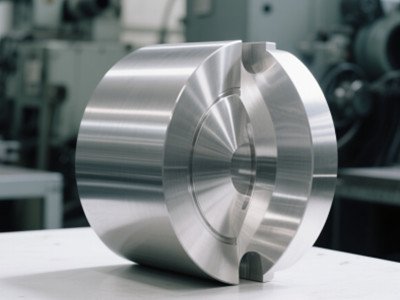
(1) Green Silicon Carbide (GC) — Budget-Friendly Option
![]()
(2) Cubic Boron Nitride (CBN) — Premium Option
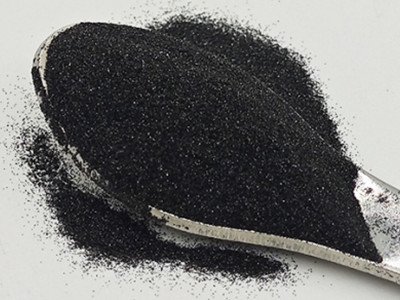
(3) Diamond — Polishing Only
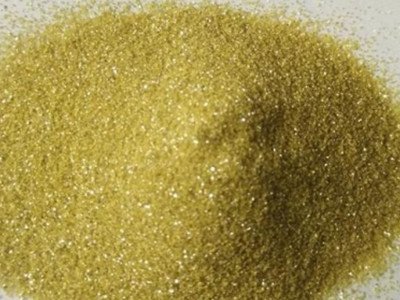
Summary:
The bond (also known as the “glue”) holds the abrasive particles together, affecting the wheel’s durability and performance. Different bonds are suitable for different applications:
Recommended Pairings:
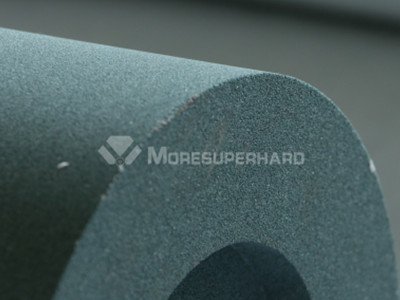
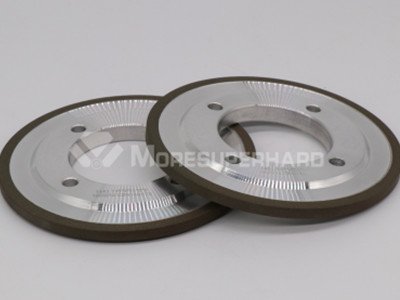
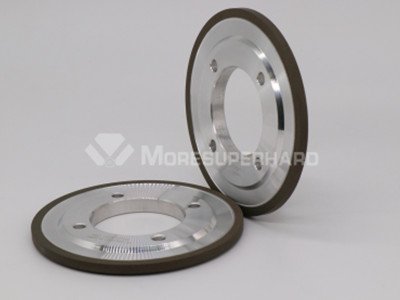
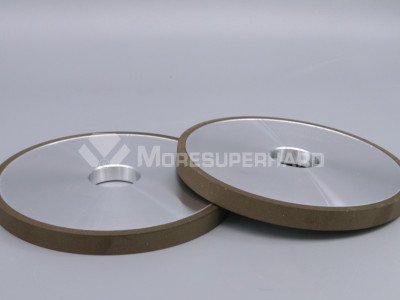
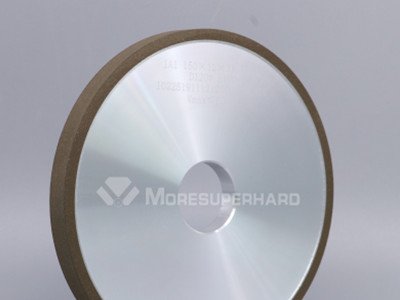
(1) Grit (Abrasive Particle Size)
(2) Hardness (Durability of the Wheel)
| Grinding Stage | Recommended Grinding Wheel | Bond Type | Grit Size | Key Tips |
|---|---|---|---|---|
| Rough Grinding | Green Silicon Carbide (GC) | Ceramic | 46#~60# | Avoid aggressive grinding; ensure proper cooling. |
| Semi-Finish Grinding | CBN | Ceramic/Resin | 80#~120# | Control speed to prevent overheating. |
| Precision Grinding | CBN | Resin | 150#~W40 | Light grinding for optimal surface finish. |
| Polishing | Diamond | Resin | W40 and below | Use low speed and ensure adequate cooling. |
By following this guide, grinding TC4 Titanium Alloy will be a breeze—combining speed and efficiency while maintaining high-quality results.







